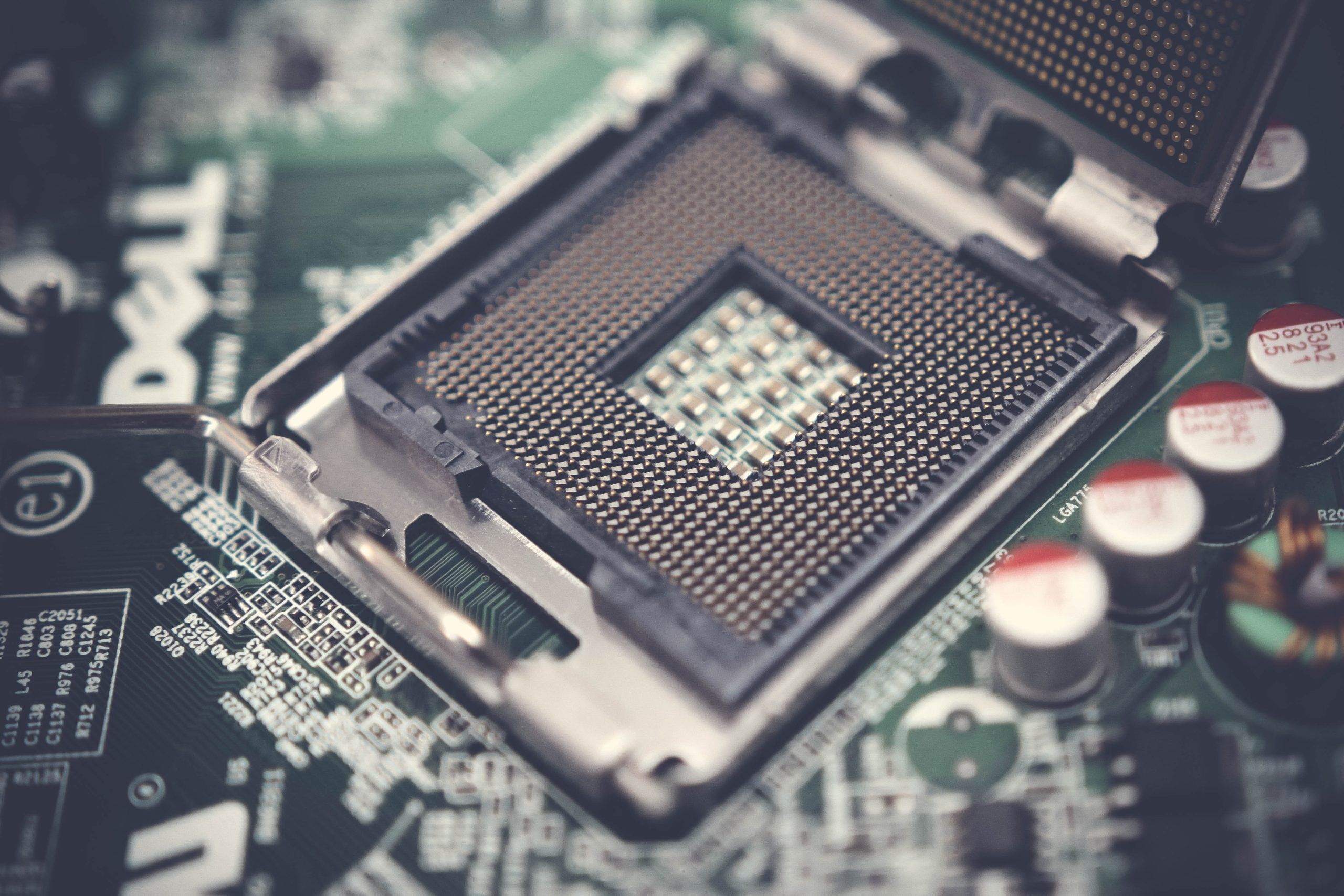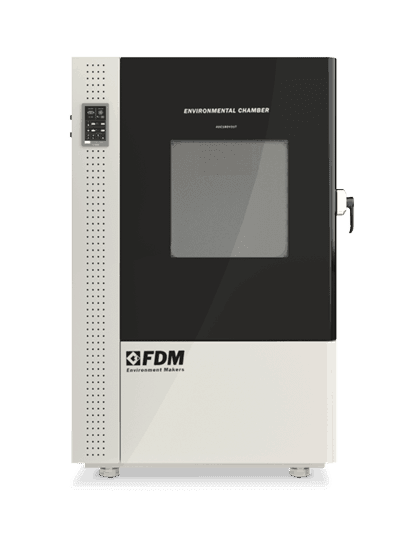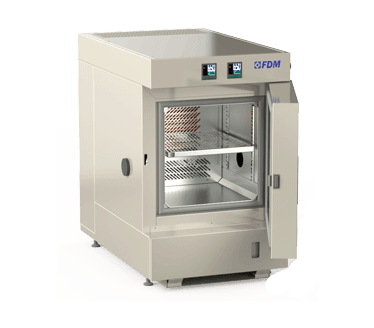
On these pages we have already talked about the importance of the hermeticity test.
And yet the tests concerning hermetic containers, environments and packaging do not end there.
Another important test is called RGA Testing which stands for Residual Gas Analysis Testing, a less widespread procedure in the industry but of vital importance for some specific sectors.
Let's see it together.
What is RGA Testing used for?
The modern techniques for creating a vacuum in an environment manage to eliminate 99.9% of the air present.
And what about the 0.1% you have left?
That is the object of RGA Testing.
In fact, RGA Testing deals with analyzing the residual gases present in a container or in a vacuum environment, to determine their quantity, composition and actual danger.
Contrary to what one might think, RGA testing is not used on vacuum-packed containers for large consumption but rather in two specific sectors: aerospace and electronic components.
In these industries, RGA testing plays similar roles but with important differences.
In the aerospace sector it is used to analyze the residual gases of real environments, i.e. the thermo-vacuum chambers.
While in consumer electronics its object is the so-called packaging of microelectronic components: hermetic envelopes that surround the processors and the most delicate components of an electronic device.
Perform
Extreme Testing
Discover the new series of Environmental Chambers for controlled climate testing
How RGA Testing Works
As you can guess, depending on the environment to be tested, RGA Testing takes different forms, although the substance remains the same.
Whether it's a thermal vacuum chamber or the packaging of microelectronic components, the test consists of two phases.
First a probe is introduced into the vacuum environment which extracts the gas.
Subsequently this gas is analyzed with specific laboratory instruments, such as a mass spectrometer, capable of separating the various types of gas extracted and therefore conducting a qualitative and quantitative analysis at the same time.
The international standards that affect the various types of RGA Testing are MIL-STD-883, ASTM E595 and JESD22.
RGA Testing and Environmental Chambers
What do environmental chambers and climatic tests in general have to do with the analysis of residual gases?
As in various cases we have dealt with, climatic chambers offer a supporting role in some specific cases.
These cases almost exclusively concern tests conducted on small samples, i.e. the packaging of the microelectronics we have been talking about. In fact, to conduct tests on some types of gas, the sample to be analyzed must first be thermally conditioned. Gases, as we know, behave differently at different temperatures and there are some procedures which, for example, provide for conditioning the sample at 100° in order to have a correct investigation of the gases contained therein.
You cannot find the ideal chamber for your test?
Create your own environment, according to any test requirement
The FDM Environmental Chambers for conditioning by RGA Testing
The FDM environmental chambers are capable of reaching extreme temperatures and therefore of thermally conditioning the samples for RGA Testing, reaching the degrees required by conventionally accepted procedures.
Furthermore, our environmental chambers can be suitably modified to meet the specific needs of each customer.
For further doubts and questions, please do not hesitate to contact us.
Would you like to receive a quote or do you have questions about the product?
Contact us to receive more information about this Product.



